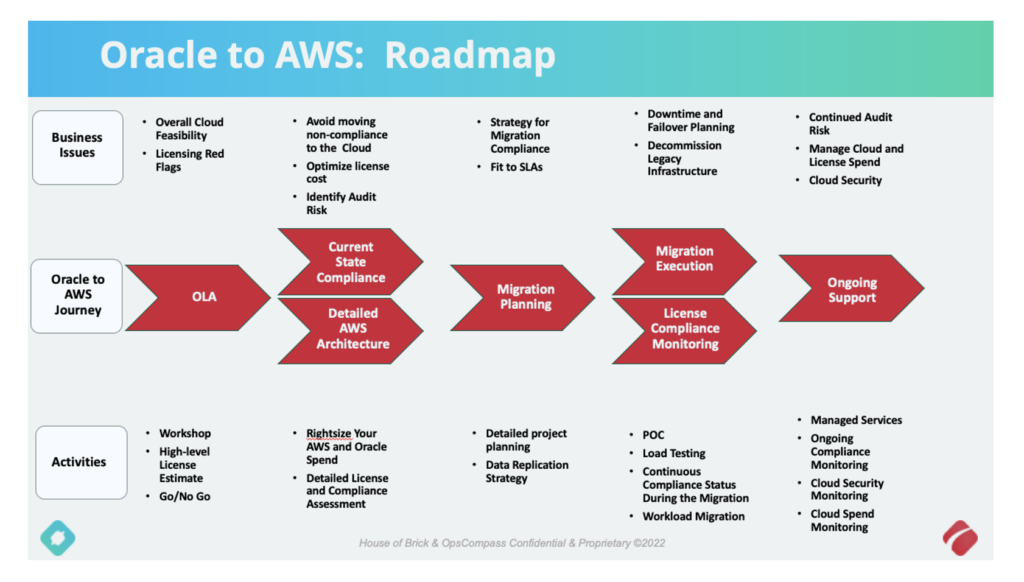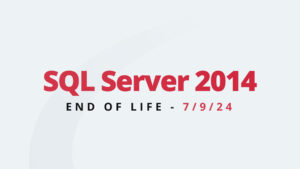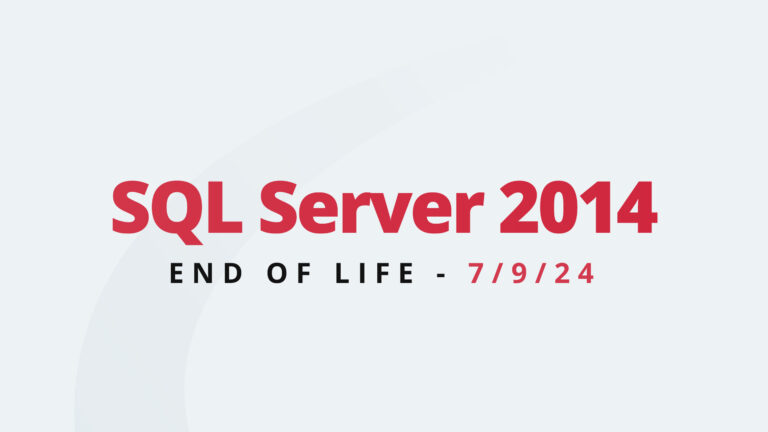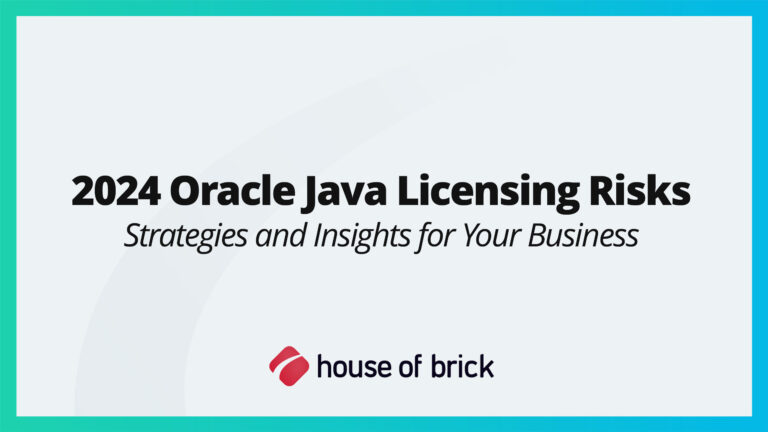Business Case for OLA
The lifecycle of public cloud adoption for mission critical workloads continues to progress. More of our clients every year embrace public cloud as a viable alternative for their mission critical workloads. The appeal is genuine; world-class data centers, high levels of security and uptime, point and click provisioning, built-in disaster recovery, etc.
That is not to say that the move to public cloud is without complexity. Some complications are technical, but most are organizational. One particularly sticky problem is trying to figure out how the move to public cloud will affect third party licensing. And of course, our favorite software vendor, Oracle is at the forefront of this topic.
As with the move to virtualization over a decade ago, Oracle is spreading fear, uncertainty, and doubt (FUD) related to the topic of running Oracle core technologies in AWS. The usual line is that you will need twice as much Oracle licensing in AWS as you do when running on-premises. Taken at face value, this would seem a deal breaker. That’s where House of Brick comes in.
Project Scope and Timing
The AWS Optimized License Assessment (OLA) is an Amazon funded engagement designed to combat the Oracle FUD. House of Brick is one of the original service providers in the pilot of the OLA for Oracle workloads. AWS recently expanded Oracle OLAs beyond the pilot (https://aws.amazon.com/blogs/database/aws-optimization-and-licensing-assessments-can-help-you-to-optimize-amazon-rds-migration-and-usage-costs/).
The engagement provides enough factual information about oracle licensing concepts and the Oracle contract to combat the misinformation supplied by the Oracle sales team. Everything House of Brick preaches is grounded in written fact. Here are some common misconceptions our clients have heard from Oracle about running their databases in AWS:
- Your license requirements will double
- Performance will suffer
- Costs will skyrocket
None of these claims are grounded in reality. The OLA is designed to empower our clients with the knowledge to make their own decisions.
Project Activities
The OLA project will flow in the following manner:
- Kickoff – Gather all parties together from the client, AWS, and House of Brick and review the OLA plan.
- Data Collection – The client will collect data about license entitlements and deployments. This data will be provided back to House of Brick for the Analysis Phase.
- Workshop – House of Brick will provide a licensing workshop geared specifically towards licensing Oracle on AWS. The workshop covers Oracle licensing basics, important contract sections, Oracle audits, and AWS specific licensing constructs.
- Analysis – House of Brick will collect data from the client and formulate a high-level plan for running on AWS.
- Delivery – House of Brick will deliver the final analysis as a remote online meeting.
At the conclusion of the OLA, we will have a pretty good idea about what the move to AWS will do to the licensing landscape of the client’s workloads.
Post OLA
The OLA is not meant to be the end of the cloud journey. Quite the contrary, it is only the beginning. There is typically a lot of analysis remaining about the cloud migration. Things like capacity and sizing, migration methodology, project planning, etc. This graphic shows the flow of a typical cloud migration.

Conclusion
If you are moving to the cloud, don’t let fear hold you back. AWS and House of Brick are here to help you successfully complete your cloud journey, on time and under budget. House of Brick can work with your AWS team to gain funding approval and launch your Oracle environment on its journey to AWS. Click here to connect with us today.








